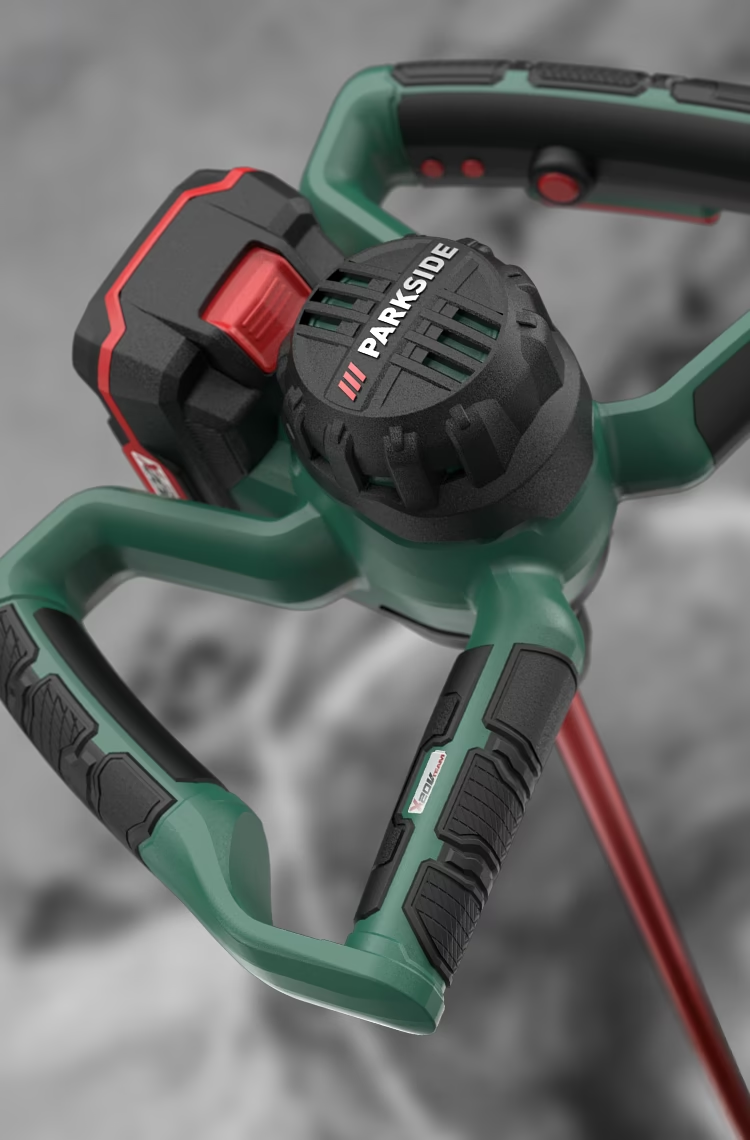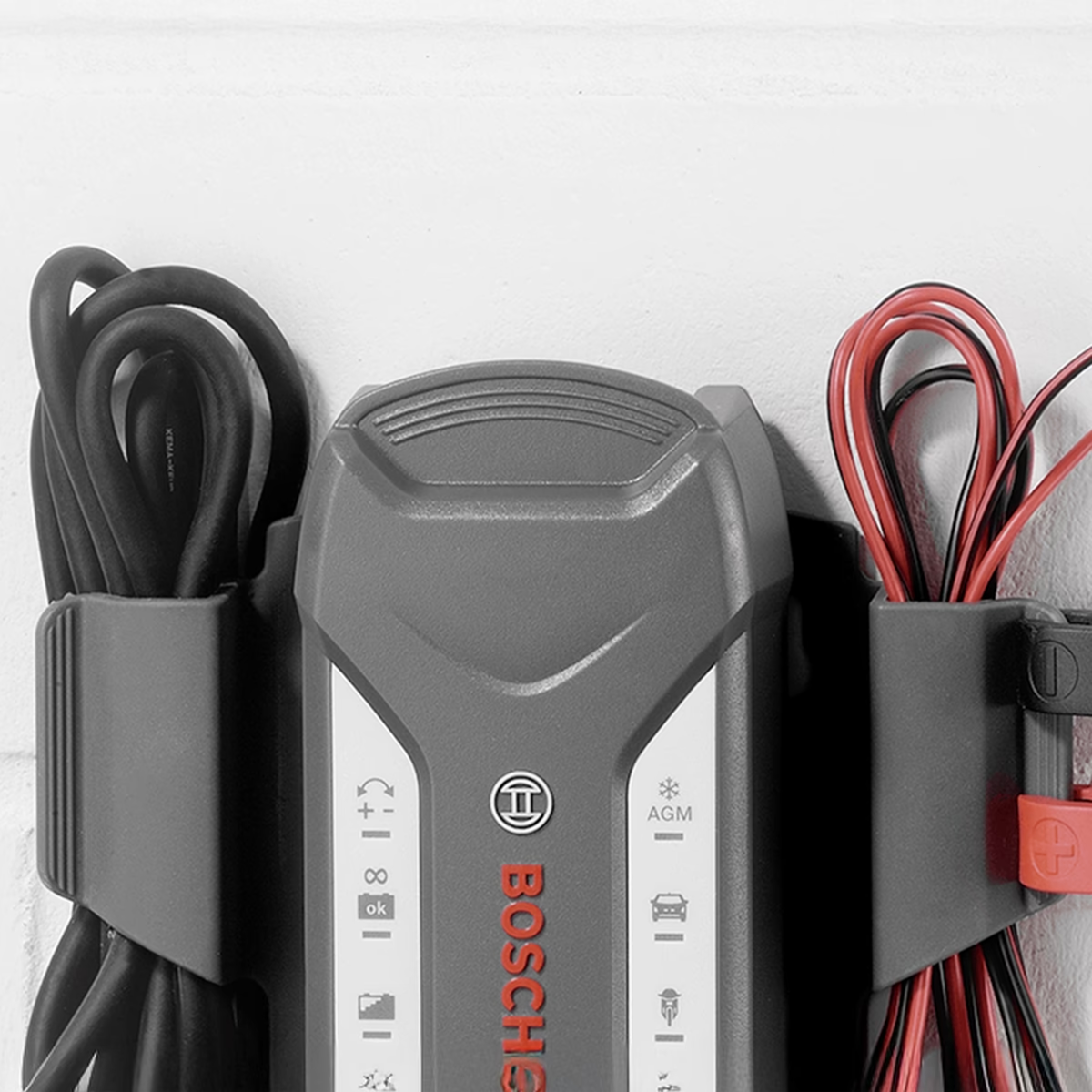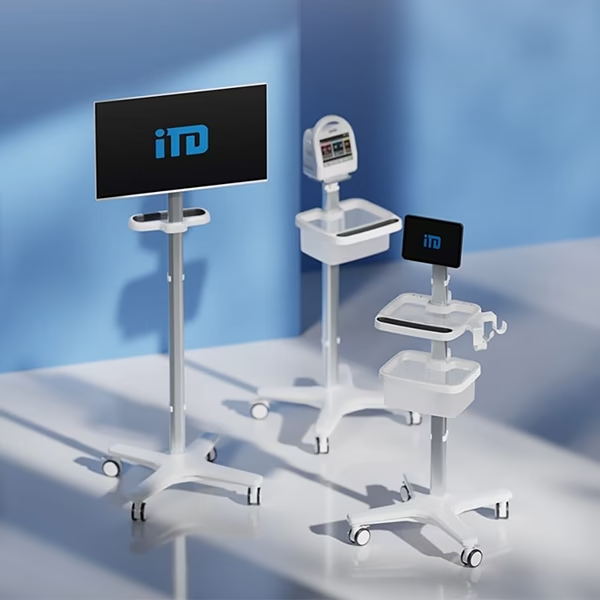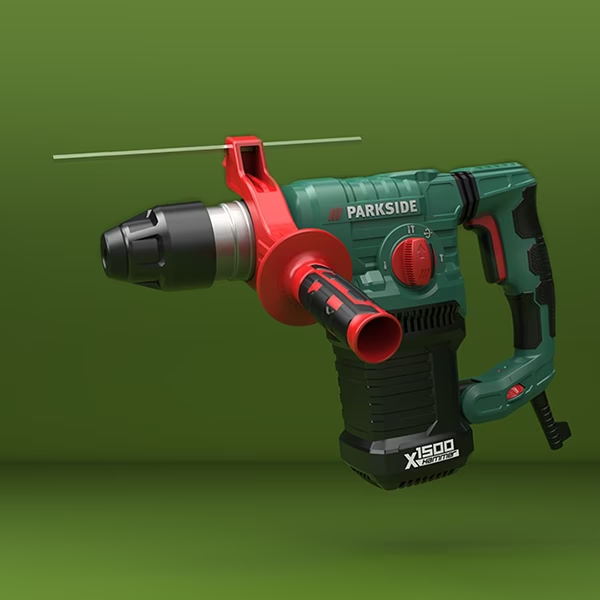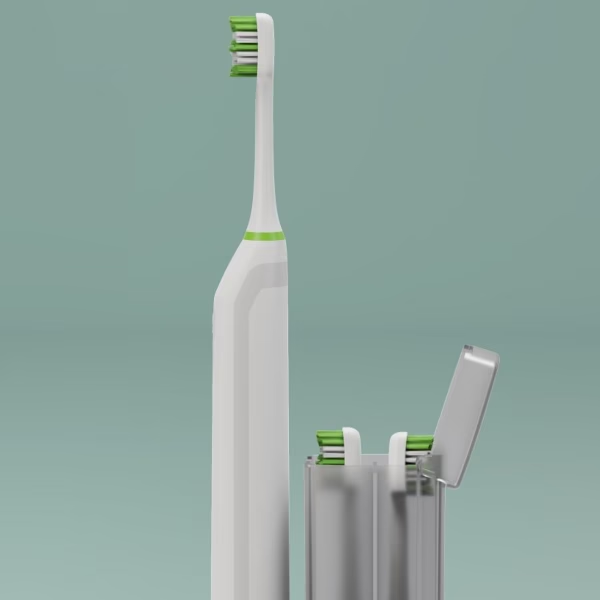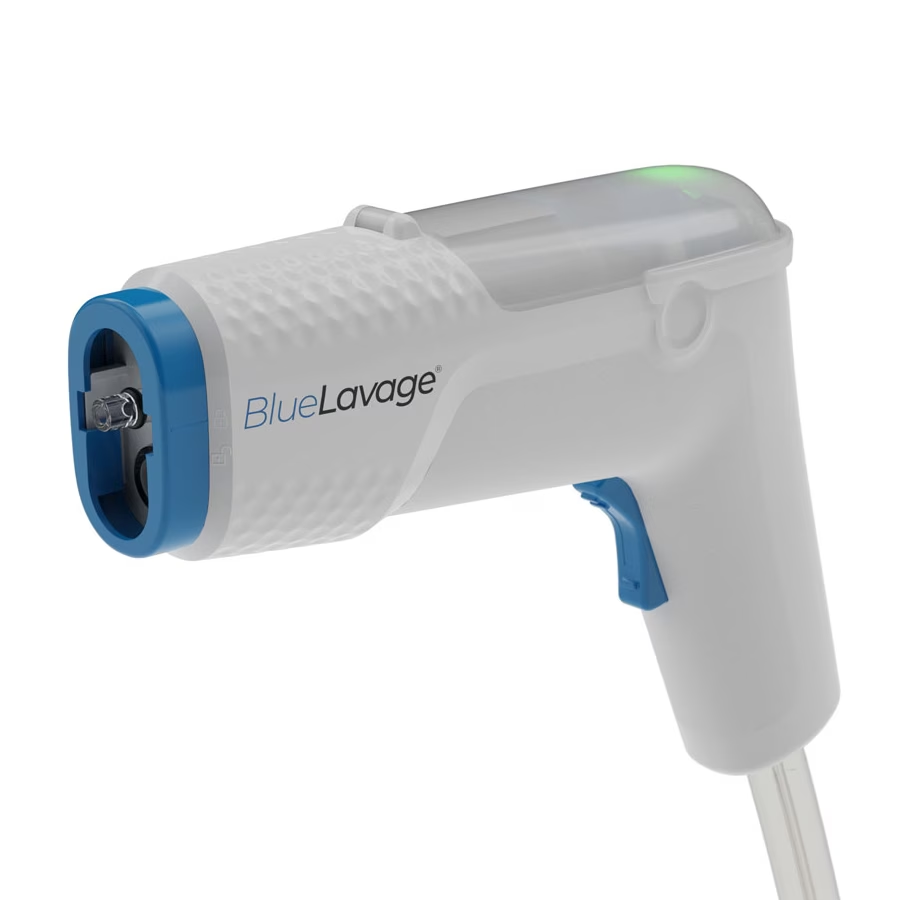Starting point — ergonomics as a development driver
When mixing mortar, putty or paint, considerable forces apply to wrists, shoulders and back. Especially in the DIY sector, long mixing times and unergonomic devices quickly lead to fatigue.
Industrial Design project asked himself how an agitator can be designed to withstand these loads right from the start taken into account — not through more performance, but through intelligent ergonomics. This is because the target group “private users” is often inexperienced and not very familiar with the correct operation of the devices.
The goal was clear: a tool that Lead naturally that supports movements instead of forcing them, thus combining control, safety and comfort.

Analysis and insights from user research
The ergonomic development was based on a comprehensive study that systematically examined real usage situations. It was not tested in a laboratory, but in a practical environment — on construction sites, in workshops and at typical DIY workplaces.
Methodology and monitoring
Our ergonomics experts documented the grip positions, movements, body angles and force used by test subjects during various mixing processes. The investigations included several hundred individual observations and additional video analyses. In this way, every movement could be evaluated from different perspectives — hand, shoulder and back inclinations, as well as typical rotational and support movements when counteracting the torque.
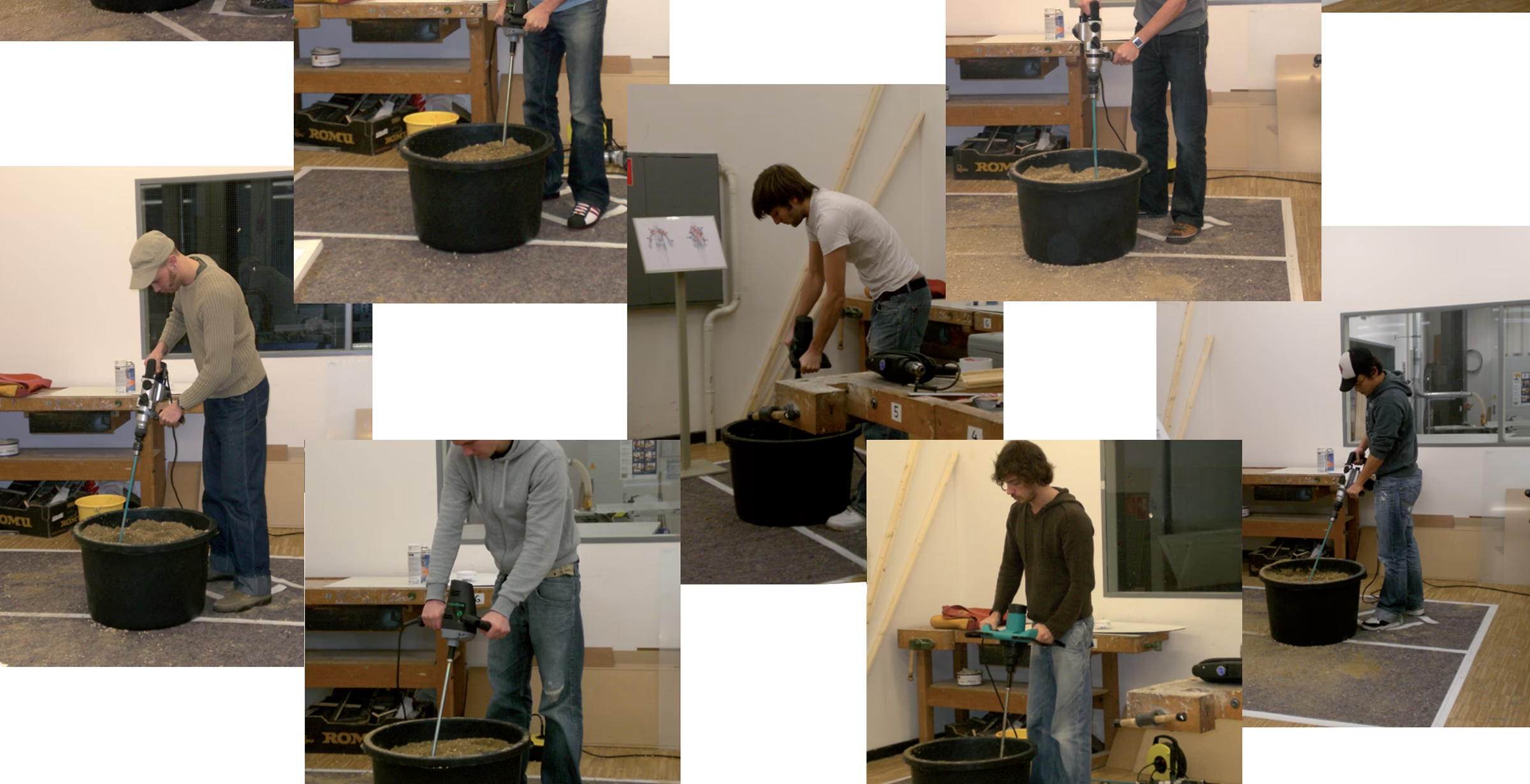
The tests showed:
- Users rarely hold the device exactly horizontally — usually at a slight angle or offset from the body axis.
- Die Posture changes several times during mixing: during tarnishing, increasing material density and settling.
- Strength and posture are directly related: Even slight differences in grip height Shift the load noticeable in shoulders and wrists.
- Left-handers often grip asymmetrically to stabilize the device — an aspect that conventional designs barely consider.


Findings from the study
These observations were supplemented by measurements and follow-up surveys. The analysis showed rigid grip systems result in one-sided muscle activation. The result: faster fatigue, higher holding forces, uncontrolled movements with changing material density.
Another key factor was that Ratio of handle distance to device dimensions. A grip area that is too tight increases muscle tension, while too wide makes precise control more difficult.
Specific design criteria were derived from the measurement results — including optimal grip heights, angles and distances to suit different body sizes.

Design conclusion
These findings gave rise to the concept of a three-armed handle system, that changing but always stable hand positions enables.
This allows right and left-handed users to operate the device equally comfortably — sometimes symmetrically for maximum control, sometimes diagonally for easy, energy-saving operation.
The study proved that this change of grip Significantly reduced muscle fatigue, as the load is dynamically distributed on both sides of the body. An ergonomic advance that noticeably improves handling.

The three-handle concept — freedom of use
The three-handle concept translates the study results directly into practice. It offers three functional grip zones that allow natural handling:
- symmetrical — for stable two-handed handling with tough material
- Right dominant — for precise work with a guide hand
- left-dominant — for fatigue-free variation and control
The handles are within reach of the thumb so that no unergonomic arm movements are necessary. The shape allows intuitive gripping without the tool moving out of balance. The result is Ergonomics as freedom of movement — an agitator that is easy to guide, even with heavy mixes.

Designed for comfort and control
The technical features continue the ergonomic idea down to the last detail. A Soft start prevents jerky tarnishing, which six-stage speed control allows precise mixing depending on the material. Die TPE grip zones provide a secure grip and noticeably dampen vibrations. that low weight of just 1.37 kg and the balanced focus reduce torque on the joints.
The switch arrangement also follows ergonomic principles:
Control elements can be reached without changing the hand position — an essential criterion for comfort and safety. The result is a tool that supports the flow of movement and allows precise control at all times.
Robust, durable, practical
In addition to ergonomics, the focus was also on technical soundness. that Die-cast aluminum gear housing ensures stability with low weight, the brushless motor guarantees high efficiency and durability. A tool-free quick-release system allows you to change the stirrer in seconds. And the Compatibility with PARKSIDE X 20 V Team battery system offers maximum flexibility in the DIY segment.
Projekter Industrial Design made sure that the design Production-ready remains — with clear dividing lines, few components and high ease of installation. The design thus combines ergonomic innovation with industrial efficiency. In the discount sector in particular, the cost-effective implementation of product designs is a must.
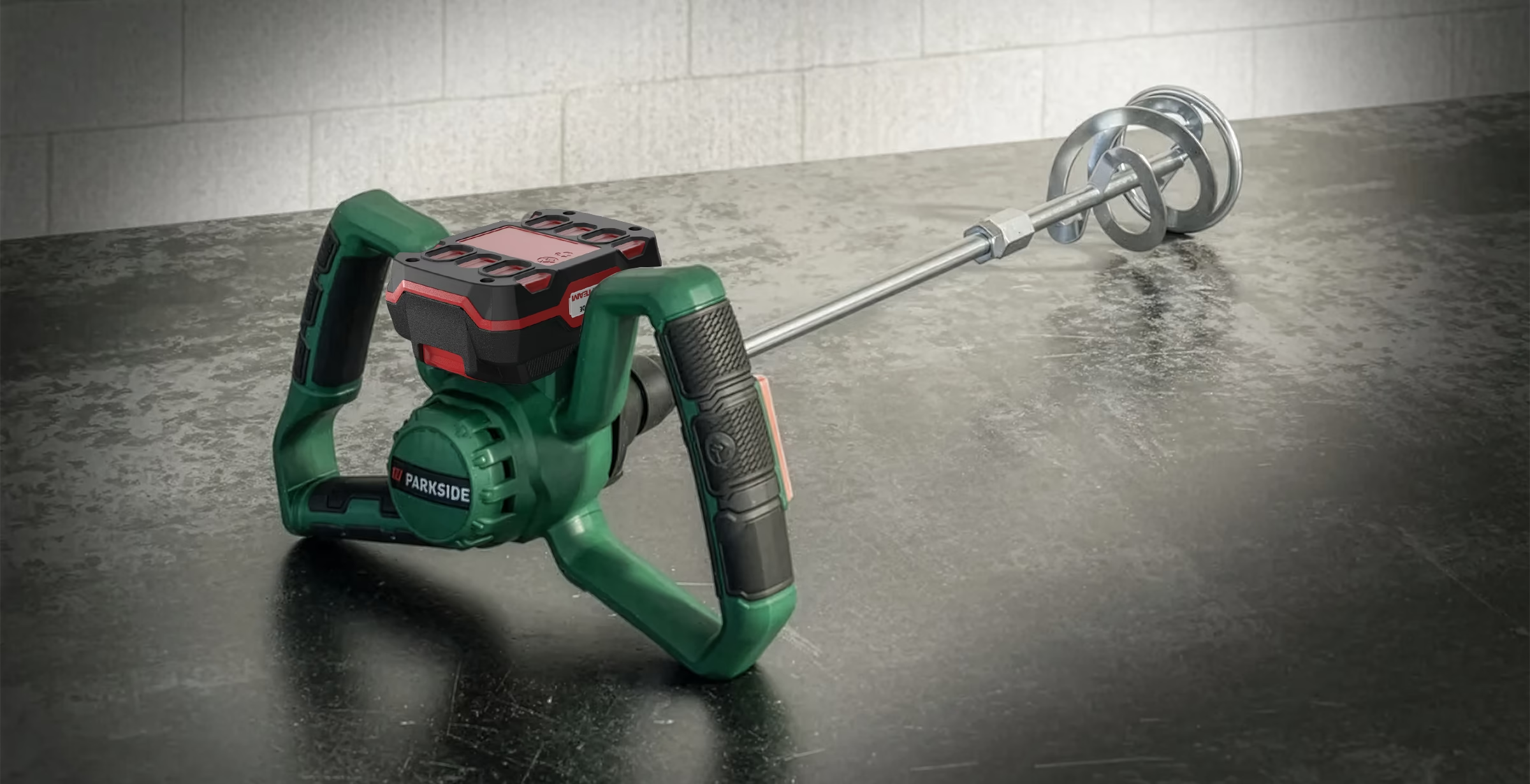
Noticeable added value in everyday life
Users confirm the difference:
The device is easy to hold, can be controlled intuitively and, particularly due to its low weight, remains comfortable to handle even when used for a long time. The changing grip positions relieve hands, shoulders and back. The advantage of the three-handle concept is particularly evident when mixing tough materials — the Load is evenly distributed, the device can be operated precisely and effortlessly. Inexperienced do-it-yourselfers in particular appreciate this.
This is how ergonomics is transformed from theoretical requirements to practical experience: a tool that makes its effect immediately noticeable.

Conclusion — design that is oriented towards people
This project shows how targeted ergonomics studies and functional product design work together. The result is a tool that combines control, security and convenience — developed on the basis of real use, not hypothetical assumptions.
Projekter Industrial Design thus proves that good design doesn't have to be noticed, but works — quietly, logically and with noticeable benefits.
Design that understands production — and focuses on people.

